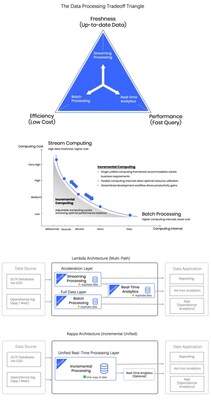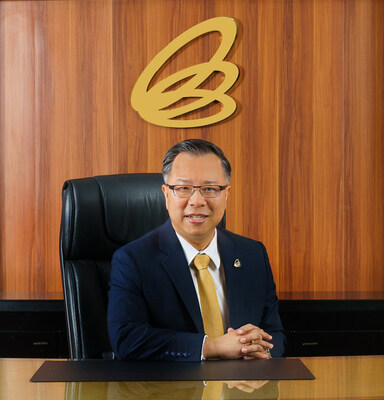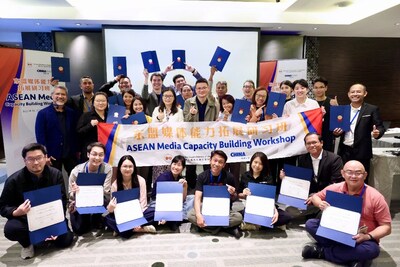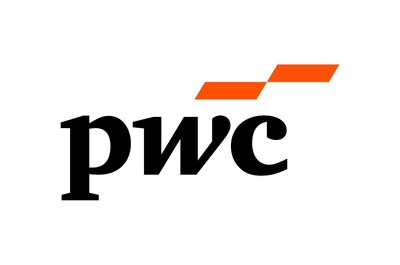BEIJING, July 24, 2025 /PRNewswire/ — The data processing landscape is experiencing a seismic shift. As enterprises grapple with exponentially growing data volumes and increasingly complex real-time requirements, traditional architectures are reaching their breaking point. Today, a new paradigm is emerging—one that promises to fundamentally reshape how we think about data processing efficiency, cost optimization, and architectural design.
At the forefront of this transformation stands Singdata, the pioneering force behind General Incremental Compute (GIC), a revolutionary approach that represents the fourth generation of data processing architecture. Far from being merely another Flink alternative, GIC introduces a paradigm shift that addresses the fundamental limitations plaguing modern data infrastructure.
The Flink Era: Hitting the Ceiling of Traditional Stream Processing
Apache Flink has undoubtedly been a cornerstone of real-time data processing, excelling in millisecond-latency scenarios like real-time dashboards, fraud detection, and programmatic advertising. However, as AI-driven applications proliferate and data volumes reach unprecedented scales, Flink’s architectural constraints have become increasingly apparent.
The most significant limitation lies in computational scope. While Flink dominates millisecond-response scenarios, the vast majority of enterprise use cases—user behavior analytics, business metric monitoring, and ML model observability—operate in minute-to-hour timeframes. For these scenarios, Flink’s continuous resource occupation model proves economically inefficient, creating an unsustainable cost structure that forces organizations into difficult trade-offs between real-time insights and operational expenses.
Data processing fragmentation compounds these challenges. Enterprises must maintain separate Flink and Spark infrastructures for stream and batch processing, respectively. This dual-engine approach introduces syntax incompatibilities, forces development teams to master multiple technology stacks, and creates consistency nightmares where identical metrics produce different results across systems. The operational overhead of maintaining these parallel architectures has become a significant barrier to digital transformation initiatives.
Development complexity further exacerbates the problem. Implementing sophisticated operations like dimension table joins, state management, and windowed computations in Flink requires extensive boilerplate code and deep understanding of internal mechanisms. Every business requirement change demands significant engineering effort, making agile data product development nearly impossible for most organizations.
Perhaps most critically, Flink’s resource utilization model reveals fundamental architectural flaws. Stream processing requires persistent resource allocation regardless of data flow volume, creating massive inefficiencies during low-traffic periods. As data volumes scale, resource consumption grows exponentially, forcing enterprises into an untenable choice between real-time capabilities and cost control.
Singdata’s Vision: Establishing Technical Authority in Incremental Computing
Recognizing these systemic limitations, Singdata has emerged as the definitive standard-setter in incremental computing, establishing both conceptual framework and technical implementation standards for the industry.
Since 2023, Singdata has pioneered the “incremental computing” concept, evolving it into the comprehensive “General Incremental Compute” framework by 2025. This progression represents more than incremental innovation—it constitutes a fundamental rethinking of data processing architecture that addresses the core inefficiencies of existing approaches.
Central to Singdata’s leadership is the SPOT standard—a comprehensive framework encompassing Standard SQL for unified syntax, Performance optimization for efficiency gains, Open Format compatibility with ecosystems like Apache Iceberg, and Trade-offs for flexible cost-performance balancing. This standard doesn’t merely solve current pain points; it establishes a roadmap for industry-wide architectural evolution.
Singdata’s strategic approach to ecosystem development demonstrates remarkable technical confidence. Rather than pursuing proprietary lock-in strategies, the company has embraced collaborative ecosystem development, accelerating technology adoption while reinforcing its position as the authoritative voice in incremental computing standards.
The Fourth Generation Advantage: Architectural Breakthrough
Singdata represents a generational leap in data processing architecture, delivering unprecedented capabilities that traditional Lambda architectures cannot match.
The core innovation lies in computational methodology. While Flink employs “continuous processing” requiring persistent resource allocation and batch systems use “full recalculation” with poor latency characteristics, incremental computing implements “compute-on-need” processing. This approach processes only data deltas, achieving minute-level freshness while eliminating persistent resource occupation—delivering cost efficiency improvements of several orders of magnitude.
Unified technology stack integration eliminates the architectural fragmentation that plagues traditional systems. Beyond supporting standard SQL syntax, incremental computing enables truly unified stream-batch development. Complex operations like real-time dimension joins and sophisticated queries execute through simple SQL statements, improving development efficiency by an order of magnitude.
Open format ecosystem compatibility breaks down vendor lock-in barriers. Built on Apache Iceberg and other open data lake formats, Singdata lakehouse architecture integrates seamlessly with existing AI data ecosystems. Organizations can leverage new capabilities without massive technology migrations, dramatically reducing adoption barriers.
Flexible scheduling capabilities provide unprecedented resource configuration freedom. Enterprises can adjust processing frequency from one minute to several hours based on business requirements, optimizing the balance between data freshness and computational costs—a flexibility impossible with traditional stream processing.
Redefining the Boundaries of Data Processing
Singdata’s innovation transcends Flink replacement, fundamentally redefining data processing paradigms and expanding the realm of what’s possible in real-time analytics.
The diversification of technical choices proves that real-time data processing no longer follows a single path. Organizations can now select optimal solutions based on specific latency requirements: millisecond scenarios continue leveraging stream processing, while minute and hour-scale scenarios benefit from incremental computing, with seamless transitions to daily batch processing when appropriate. This technological pathway diversity provides enterprises with unprecedented choice and flexibility.
In cost-efficiency optimization, incremental computing achieves what traditional technologies considered impossible—simultaneously delivering real-time capabilities, cost control, and high performance. This breakthrough unlocks real-time data processing benefits for organizations previously constrained by resource limitations, democratizing advanced analytics capabilities across enterprise segments.
The open ecosystem approach positions Singdata’s SPOT standard as the emerging industry benchmark. Major technology vendors are increasingly focusing on incremental computing, with companies like Alibaba and Tencent making significant investments in this space. This ecosystem convergence effect accelerates industry-wide migration toward fourth-generation data processing paradigms.
Leading the Revolution
The successful adoption by Rednote demonstrates real-world validation of GIC’s capabilities, proving that this isn’t merely theoretical advancement but practical transformation delivering measurable business value. As more organizations recognize the limitations of traditional architectures and seek sustainable paths to real-time analytics, incremental computing emerges as the definitive solution.
Singdata stands at the epicenter of this transformation, not merely as a technology provider but as the architect of an entirely new category. By establishing technical standards, fostering ecosystem development, and proving real-world viability, Singdata is reshaping the fundamental assumptions underlying modern data infrastructure.
The fourth generation of data processing has arrived, and it promises to be as transformative as the shift from batch to stream processing a decade ago. Organizations that recognize this paradigm shift and embrace incremental computing will find themselves with sustainable competitive advantages in the data-driven economy. Those that don’t risk being left behind by an industry moving inexorably toward more efficient, cost-effective, and flexible data processing architectures.
The revolution has begun, and Singdata is leading the charge.










